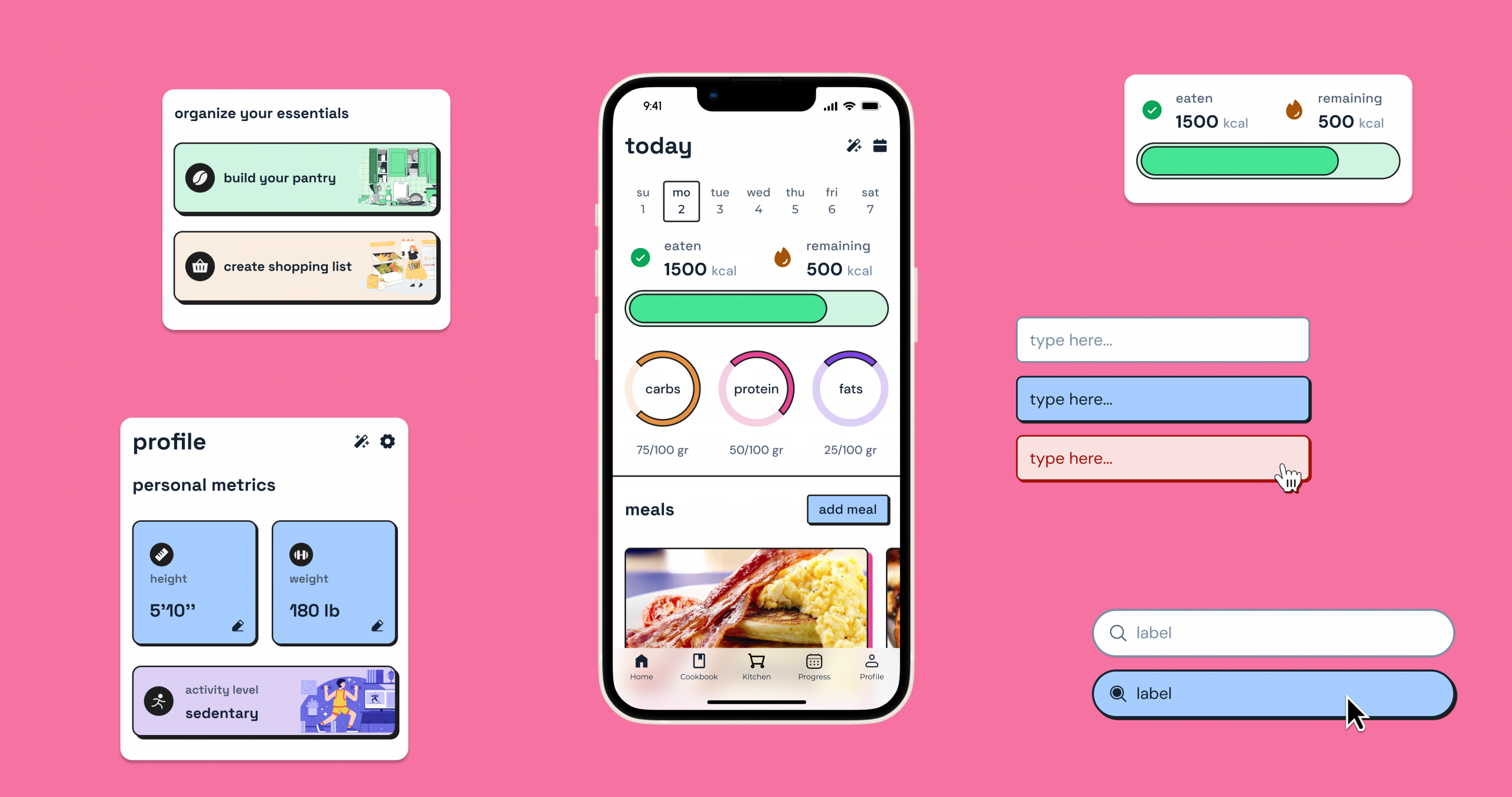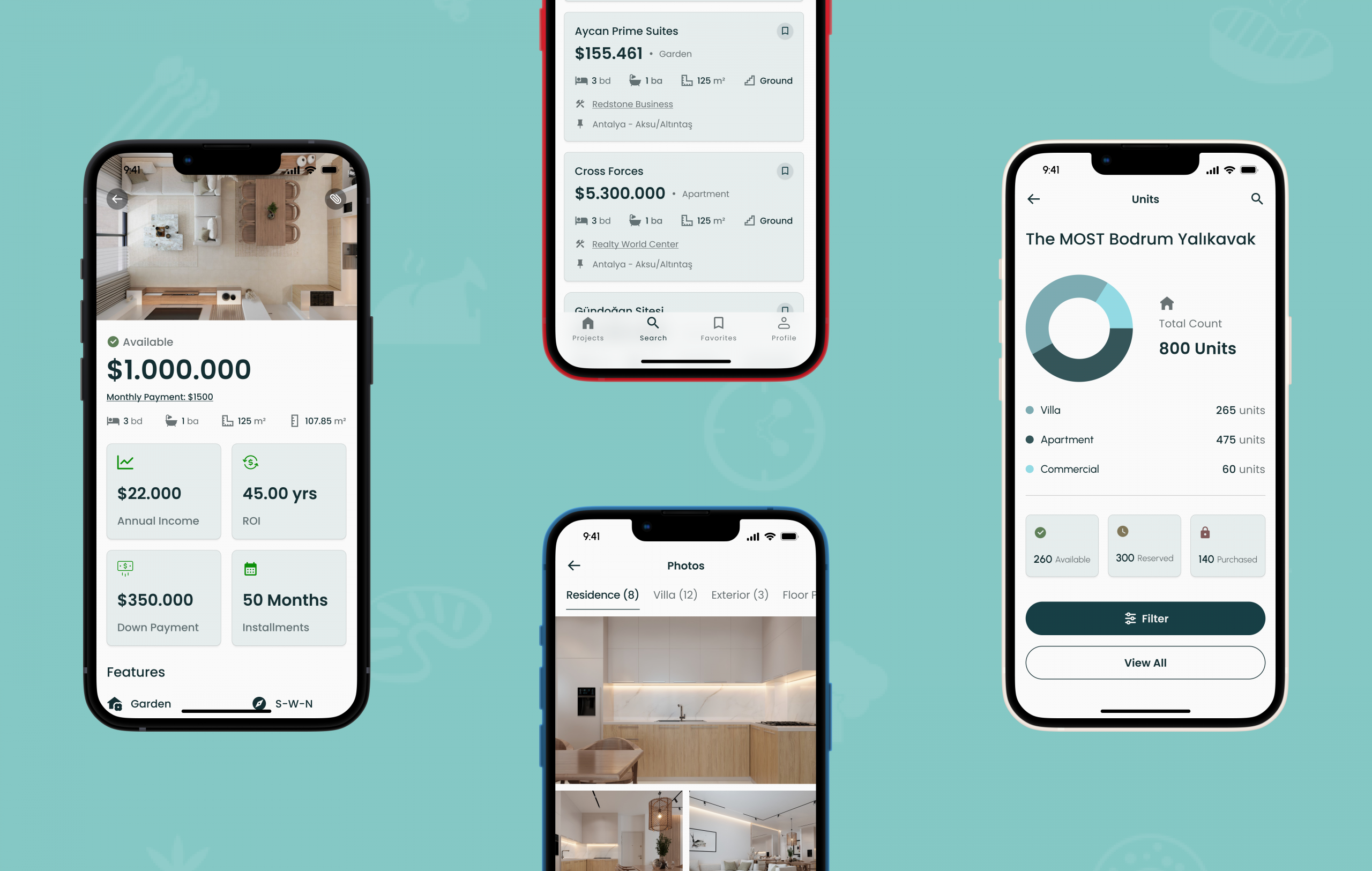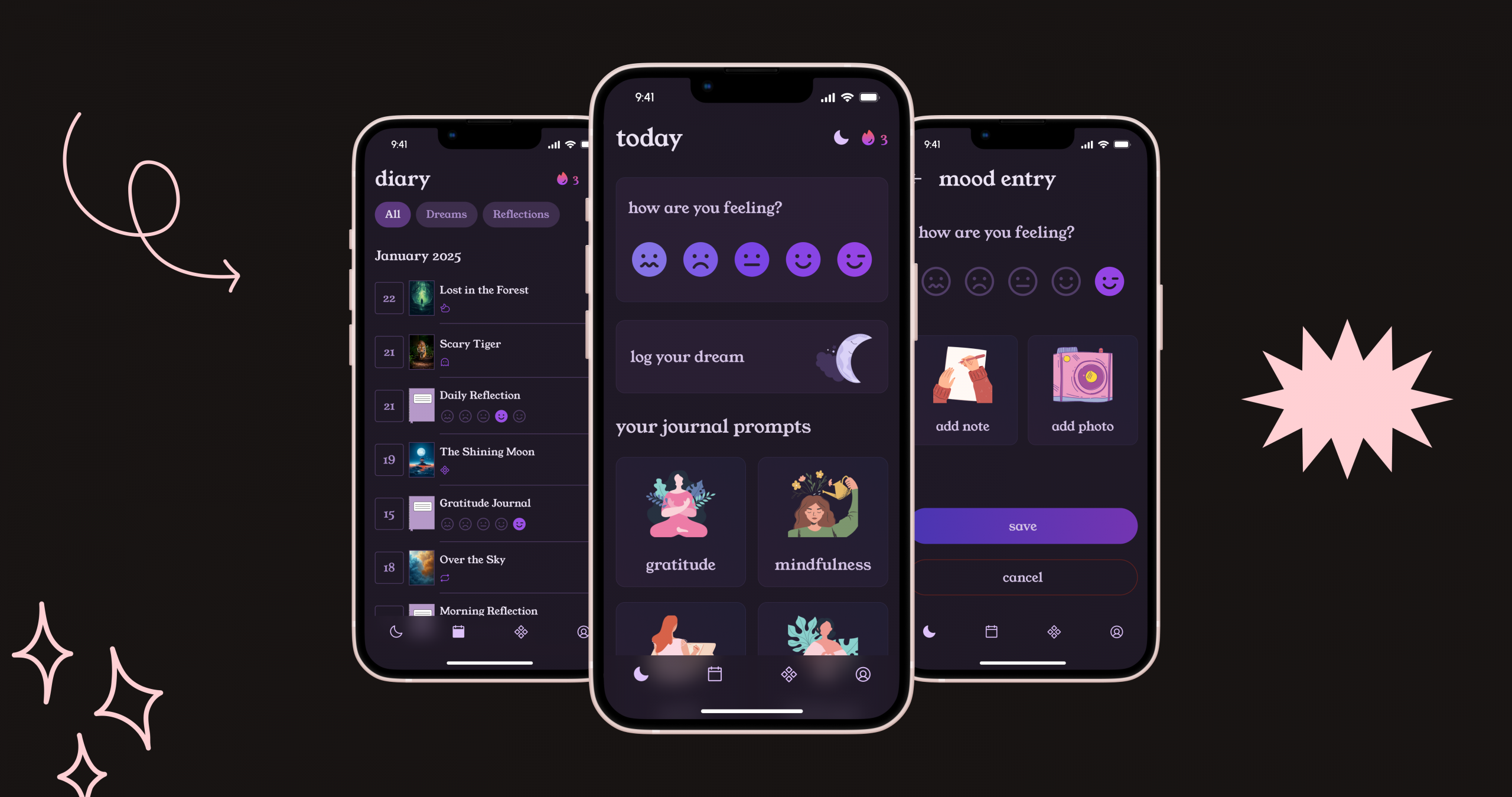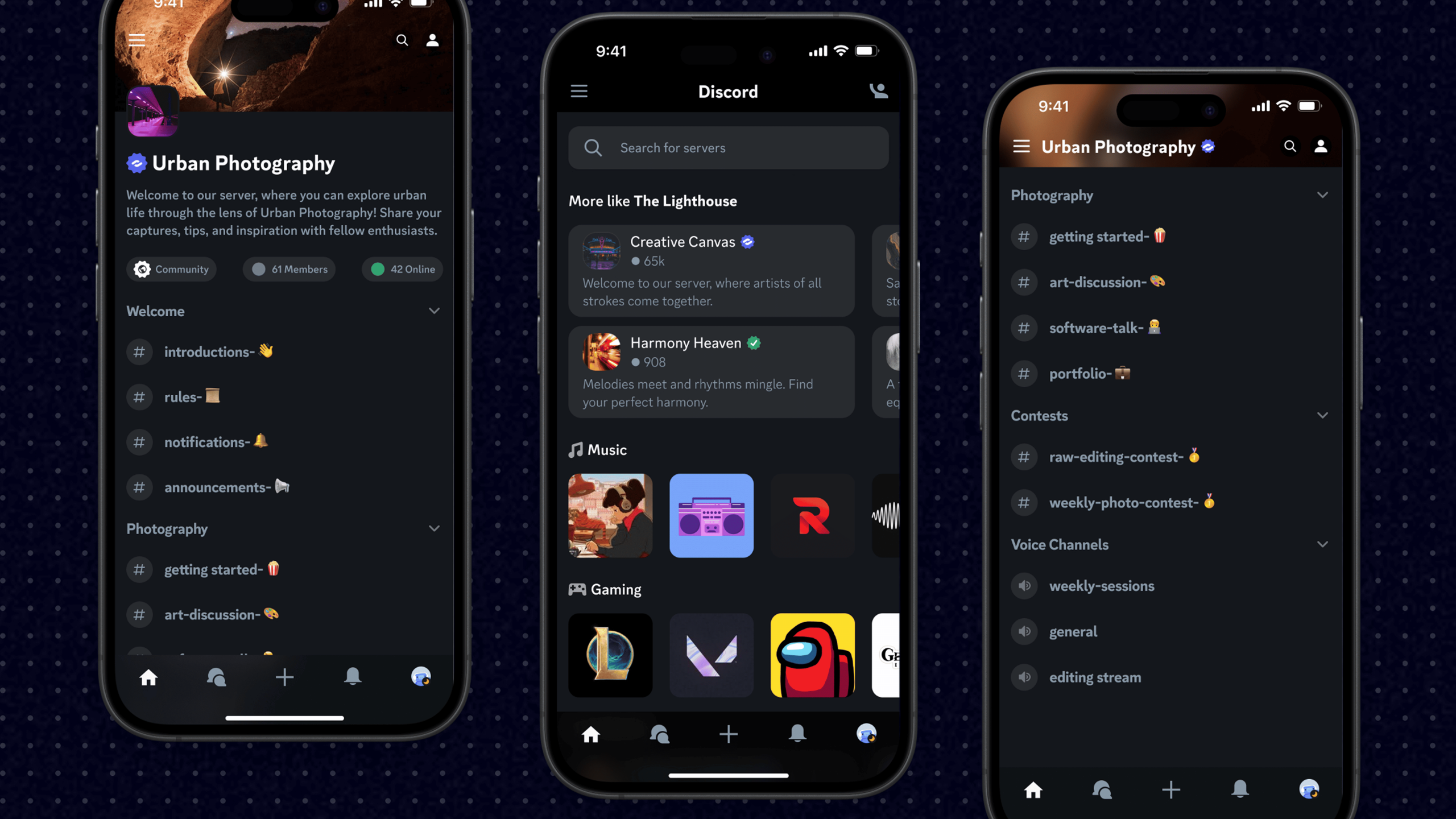Cook AI was a simple chatbot designed to help users find and follow recipes through conversation. While the initial version was functional and launched successfully, it quickly became clear that users expected more.
In response, I was asked for a full redesign of the app. This included creating a new design system and introducing key features to improve usability, discovery, and overall value to the user.
The Problem: Cook AI v1
When I was asked to design an AI-powered recipe app for Godot Tech, the requirements were clear: A small app with two pages, just enough for users to chat with our AI about what they wanted to eat, get cooking recommendations, and how to cook them.
While the initial version of Cook AI worked as a recipe chatbot, it quickly became clear that this wasn’t enough. Users wanted more than just answers; they needed a smarter, more complete product. The experience felt too limited, and engagement dropped as the novelty wore off. It was time to rethink the product from the ground up.
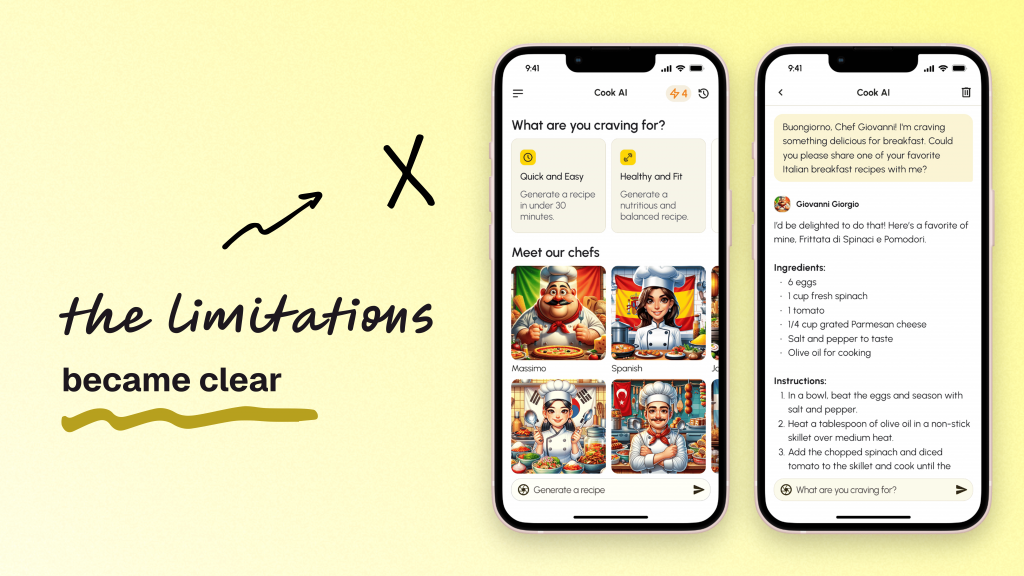
The initial chatbot solved a clear problem: it gave quick recipe suggestions through a conversational interface. But as we observed usage patterns and gathered feedback, it became obvious that users needed more.
They didn’t just want to find a recipe — they wanted help planning meals, managing ingredients, and staying consistent with their cooking habits.
The experience was too shallow for regular use, and we were losing engagement. It was clear the product had to evolve into something more useful and sustainable.
I was lucky enough to be trusted by the folks at Godot Tech to lead the redesign, turning a simple chatbot into a more thoughtful and capable cooking platform.
The Cookbook: A Single Source of Truth
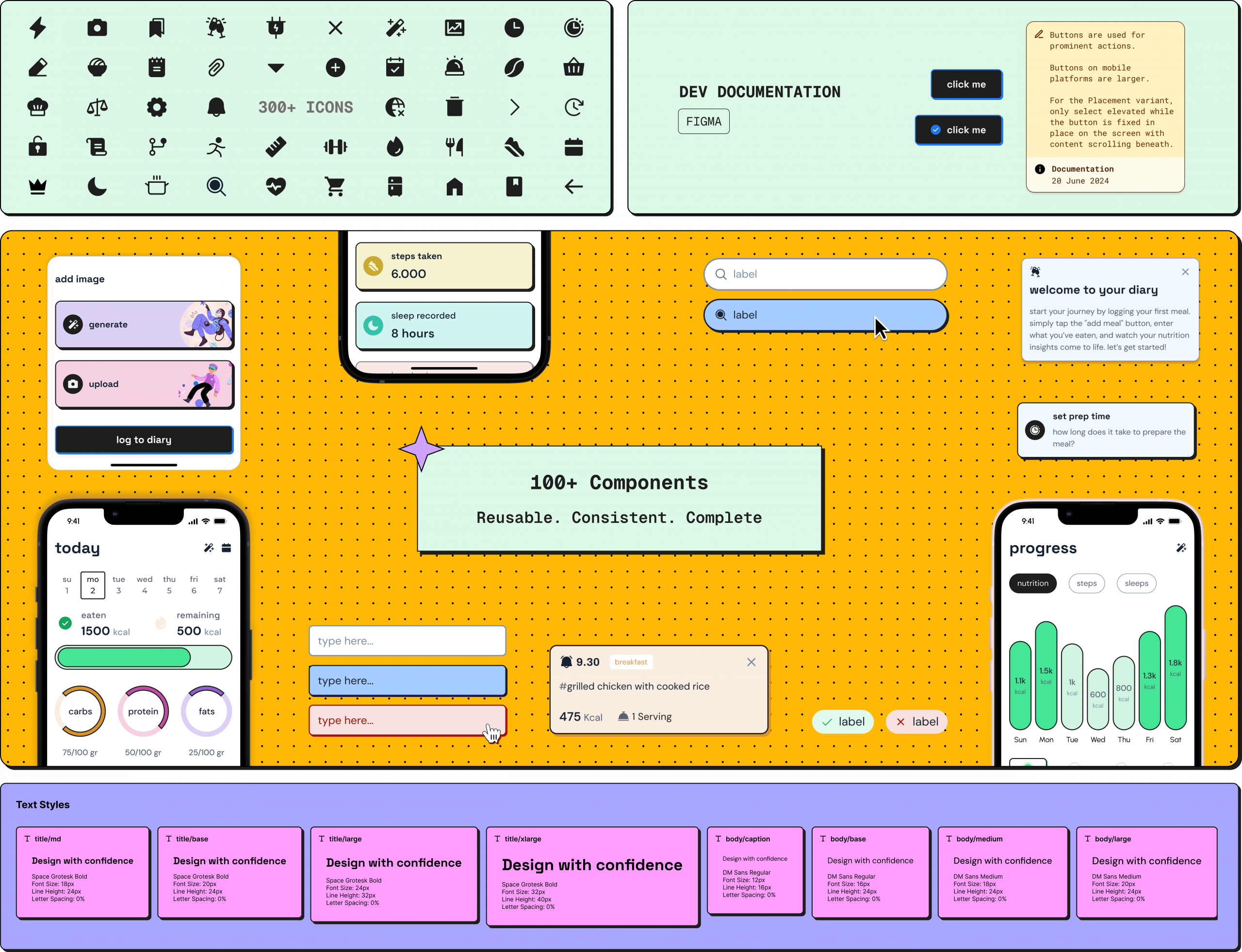
Once it became clear that the app was going to grow significantly, we needed a system that could scale with it, both visually and structurally. That’s when I created The Cookbook, our internal design system.
It brought consistency across new features, simplified collaboration between design and development, and allowed us to build faster without sacrificing quality. From buttons and forms to page layouts and interaction patterns, everything was defined with flexibility and reuse in mind.
For the new design, I chose a bold and confident visual style to give Cook AI a distinct personality and make the interface both striking and approachable. This involved using strong, deliberate strokes and harsh shadows to create clear separation between elements and add depth to the layout.
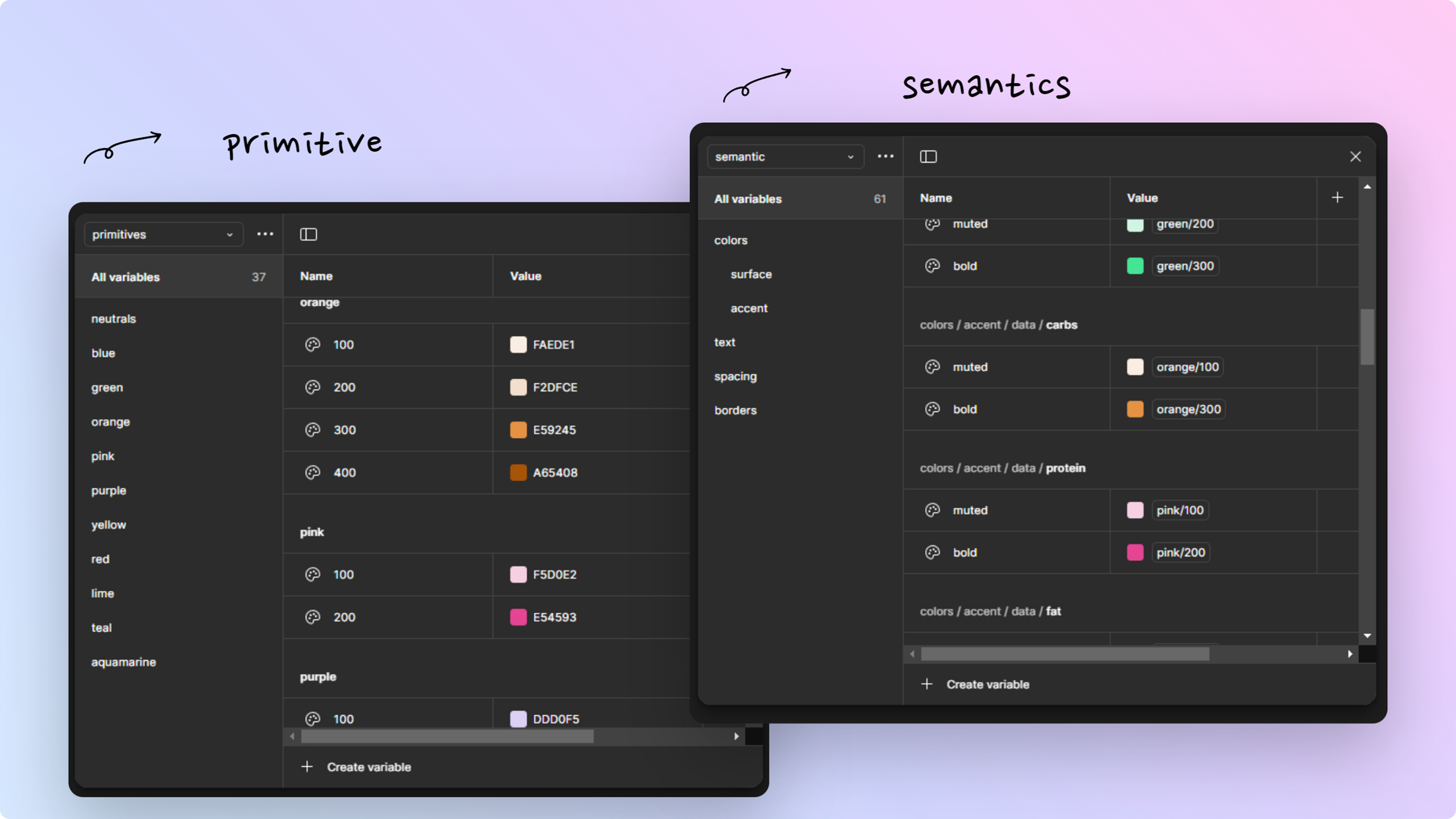
To maintain consistency and enable efficient updates, I leveraged Figma’s variables feature to define both primary and semantic tokens in our design system.
Primary tokens include core colors, typography styles, and spacing units that form the foundation of our visual language. Semantic tokens build on these to represent UI states, contexts, and accessibility needs; for example, colors for success, error, or warning states.
This approach not only streamlined design iterations but also improved collaboration with developers by providing a clear, centralized source of truth.
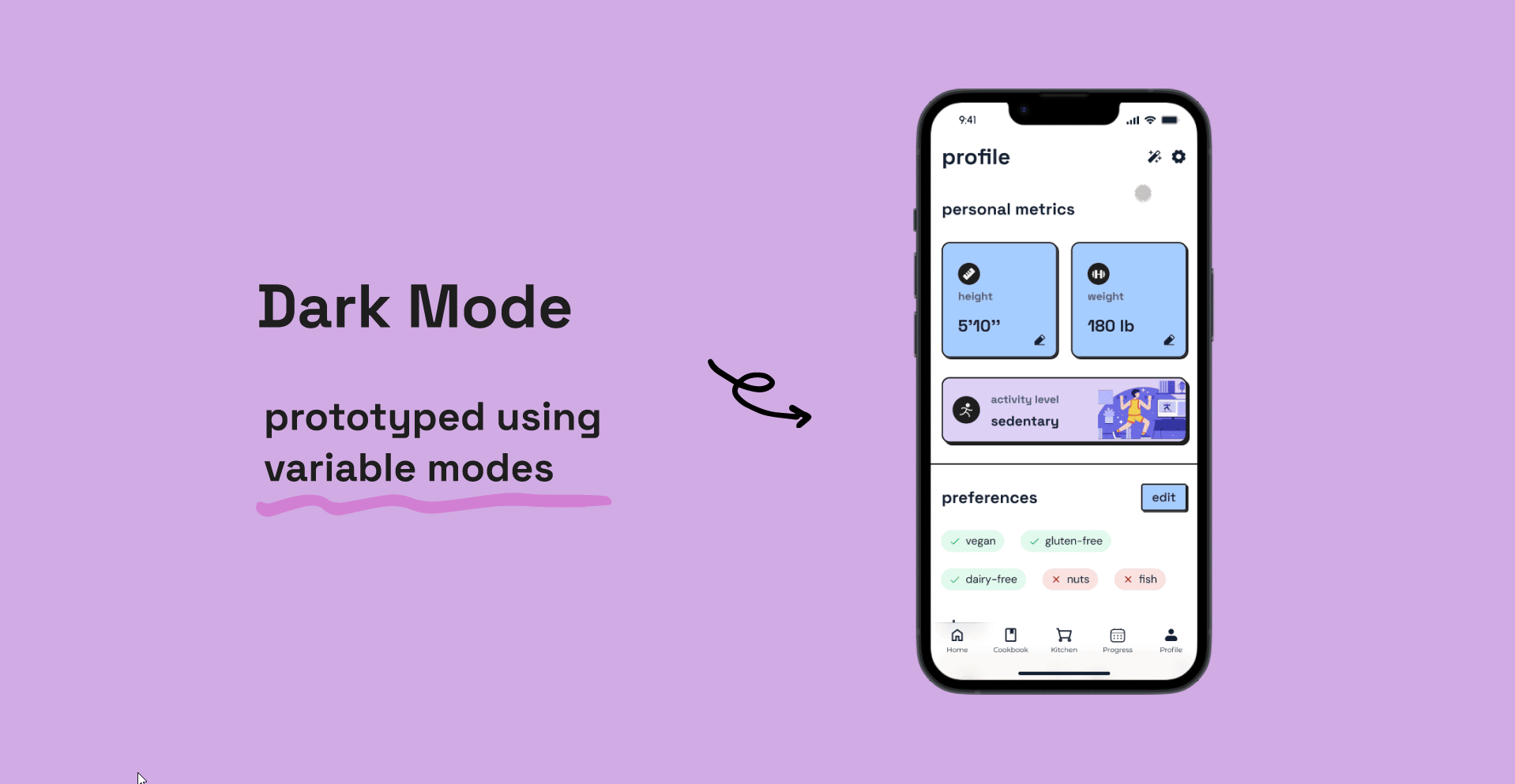
To enhance user comfort and accessibility, I prototyped a dark mode for Cook AI using Figma’s variable modes feature. By leveraging variable modes, I efficiently switched between light and dark themes without duplicating styles or components.
This allowed us to maintain consistent design logic while adapting colors, shadows, and contrasts to suit low-light environments.
The result is a flexible, scalable design that adapts seamlessly to user preferences and environmental conditions, enhancing the overall user experience and comfort.
A Bolder, More Striking Look
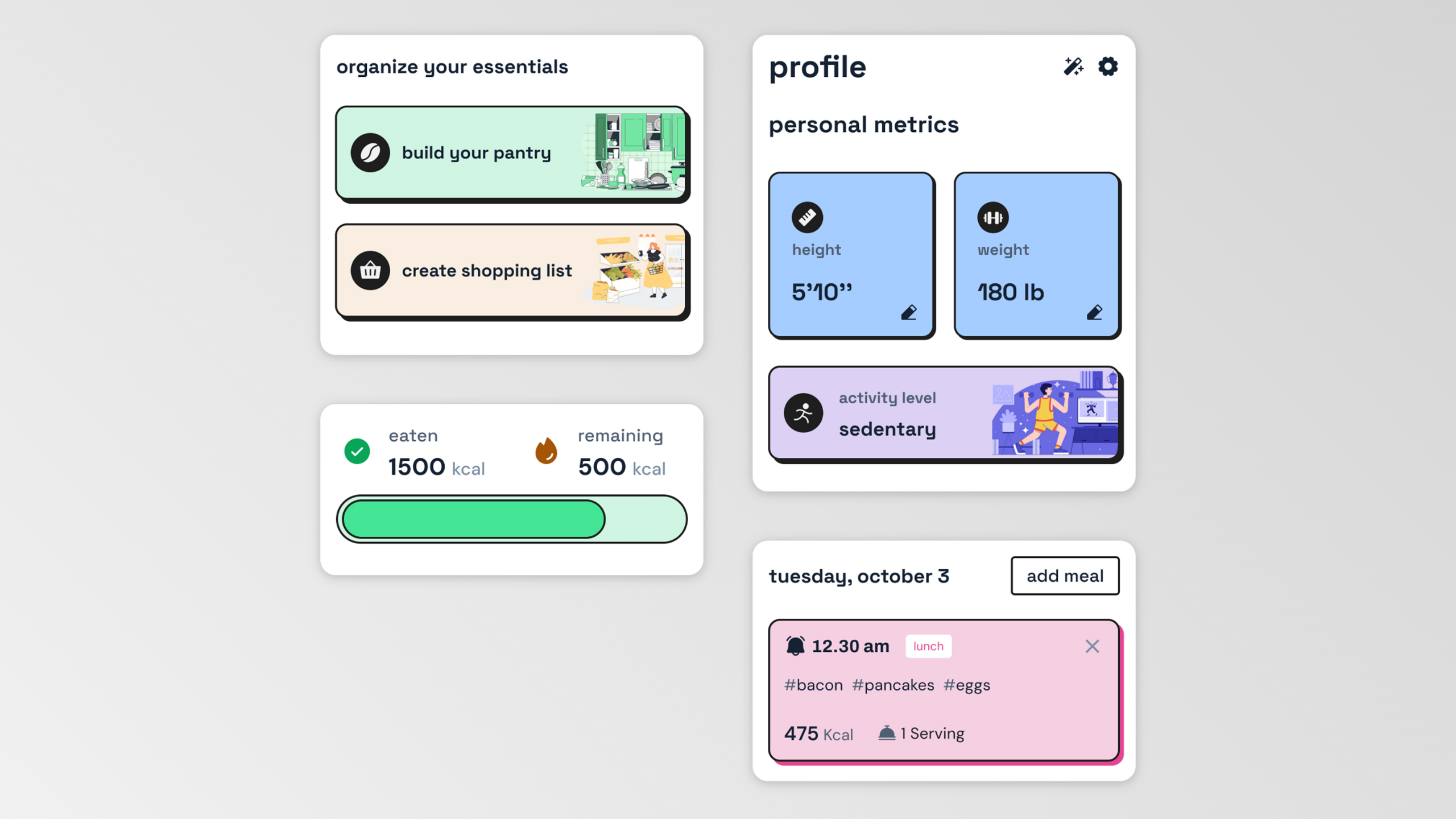
The revamped Cook AI embraces a bold and modern aesthetic that reflects its evolution from a simple chatbot to a full-featured self-care assistant.
The design is characterized by strong, confident strokes and pronounced shadows that create a sense of depth and structure across the interface.
This visual weight helps users quickly differentiate between interactive elements and content areas, improving navigation and usability.
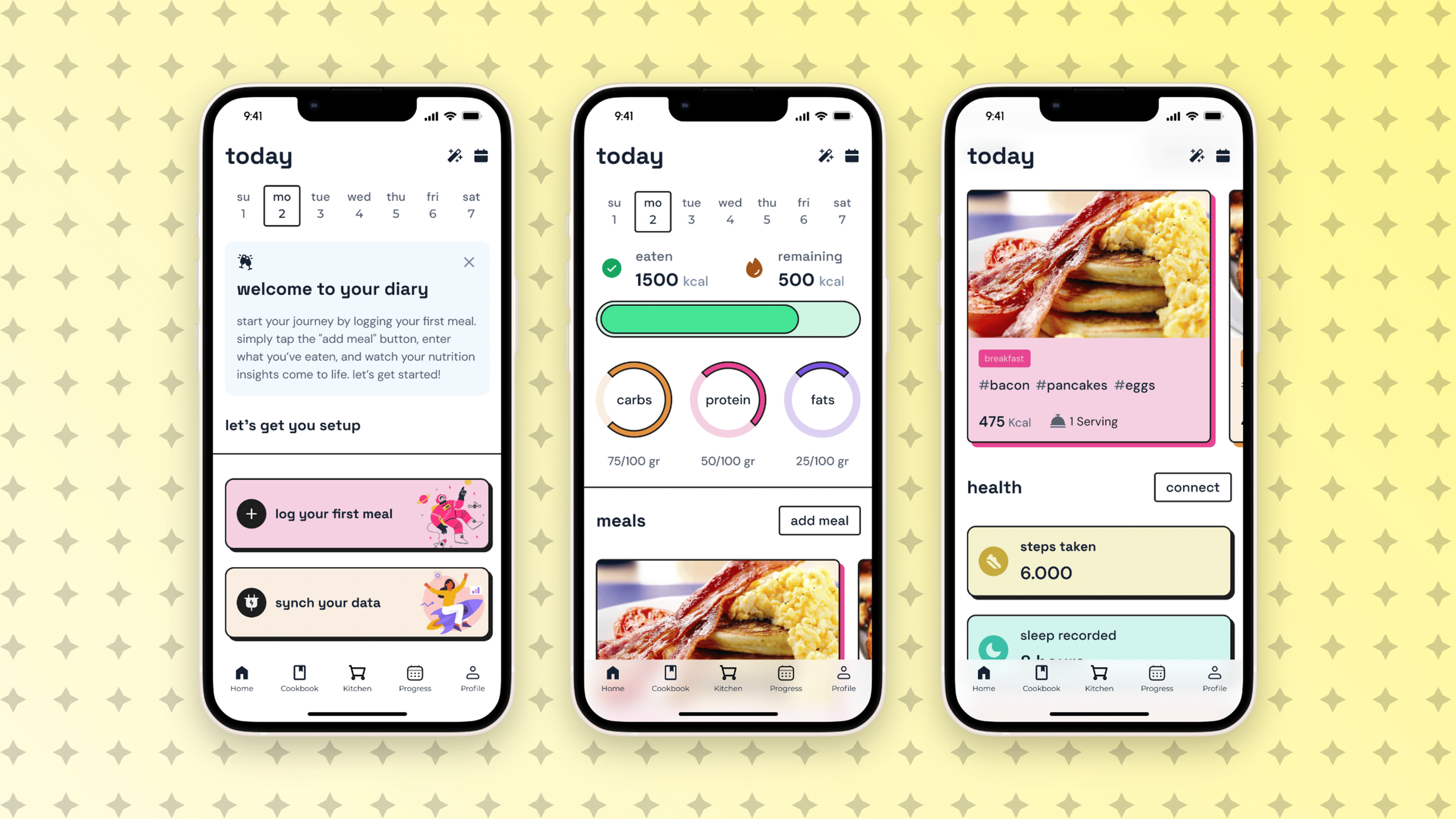
More Than Recipes: Our New Tools
A striking problem with Cook AI v1 was that…well, it was basically a limited version of ChatGPT. We soon realized that users wanted a more complete experience.
To keep users engaged and genuinely helpful in the kitchen, we had to expand beyond the chatbot and build out a richer, more practical set of capabilities.
People needed tools that fit into their everyday routines — ways to plan ahead, save favorites, track ingredients, and get more personalized suggestions. Without these features, the app lacked staying power.
The result is a fully-fleshed out fitness app. Cook AI v2 was much more than a recipe chatbot; you can now log and schedule meals, see your progress over time, keep track of your ingredients and your shopping list, and organize your cookbook.
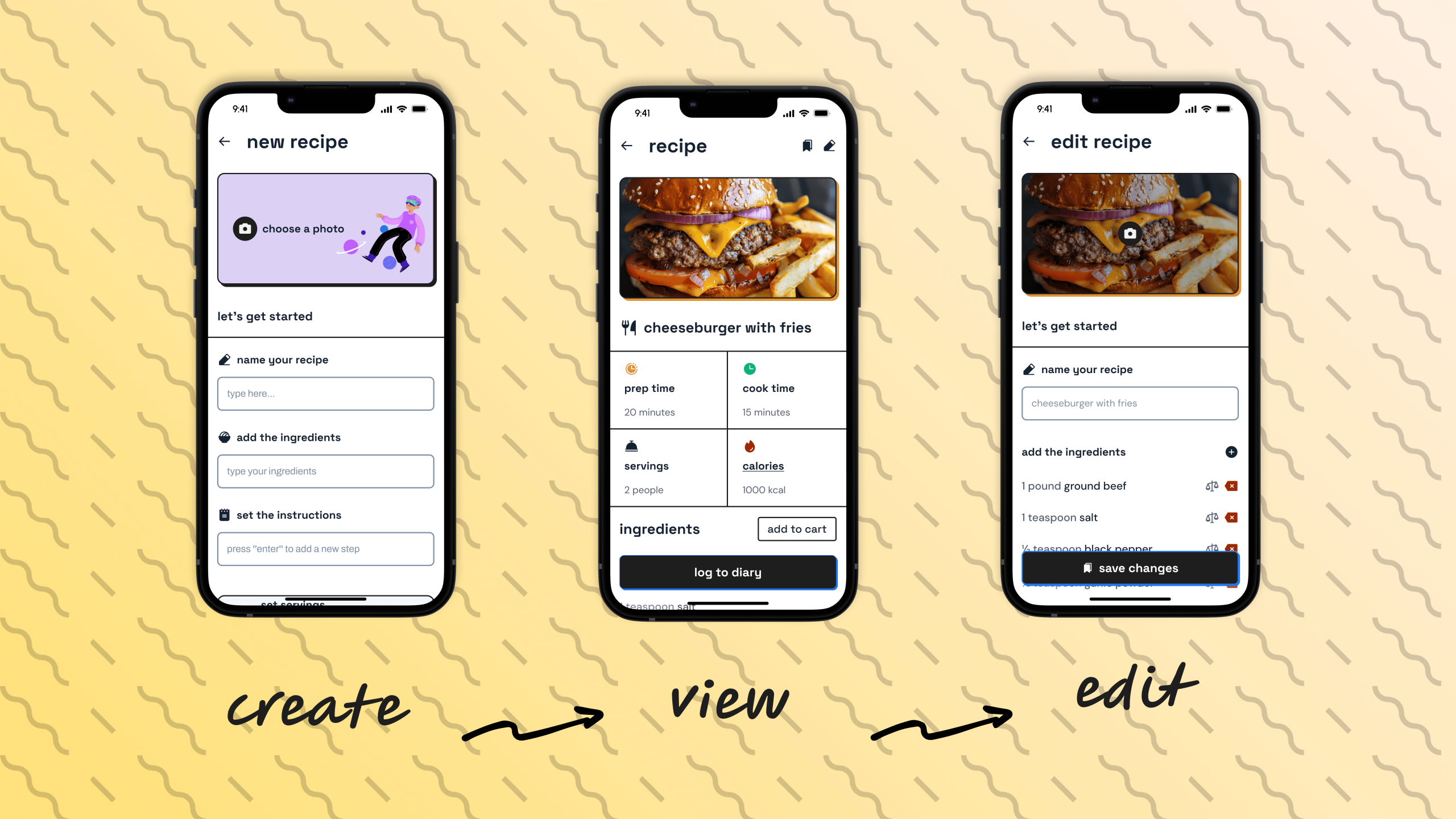
In Cook AI v2, recipes are more flexible and user-driven. You can create your own, edit existing ones to match your preferences, and schedule them into your weekly plan.
While AI is no longer the center of the experience, it still plays a meaningful role. You can generate recipe ideas based on ingredients, dietary needs, or whatever you’re in the mood for.
It’s a balance between user control and smart suggestions, offering structure when you want it and inspiration when you need it.
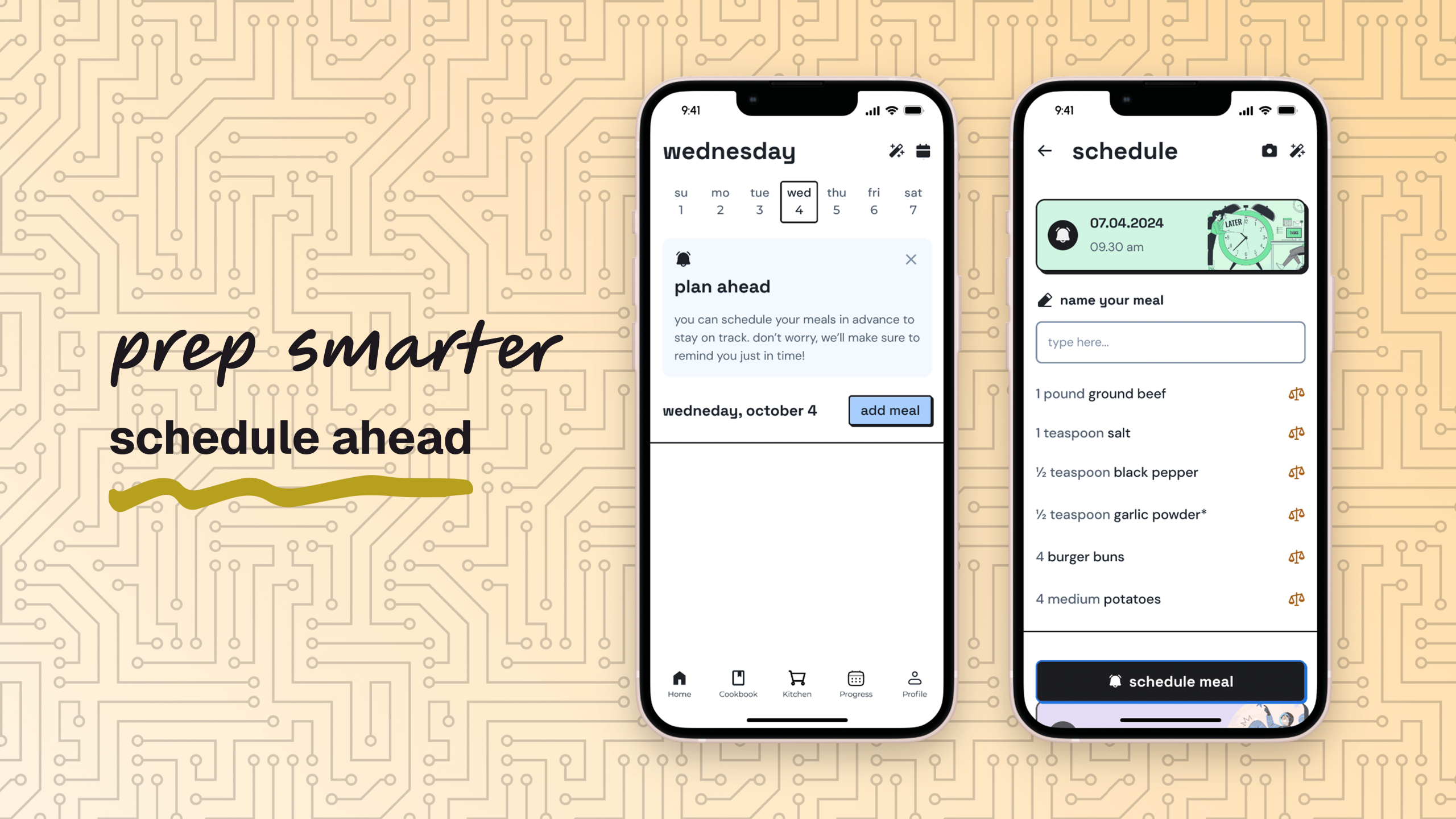
As the app grew beyond a simple chatbot, we needed new screens to support a more complex and structured experience. Features like meal planning, recipe editing, and saved collections introduced multiple user flows that required clearer navigation and onboarding.
I designed new entry points, empty states, and guided interactions to help users understand what’s possible without feeling overwhelmed
These screens play a key role in keeping the experience approachable, even as the app becomes more capable and feature-rich.
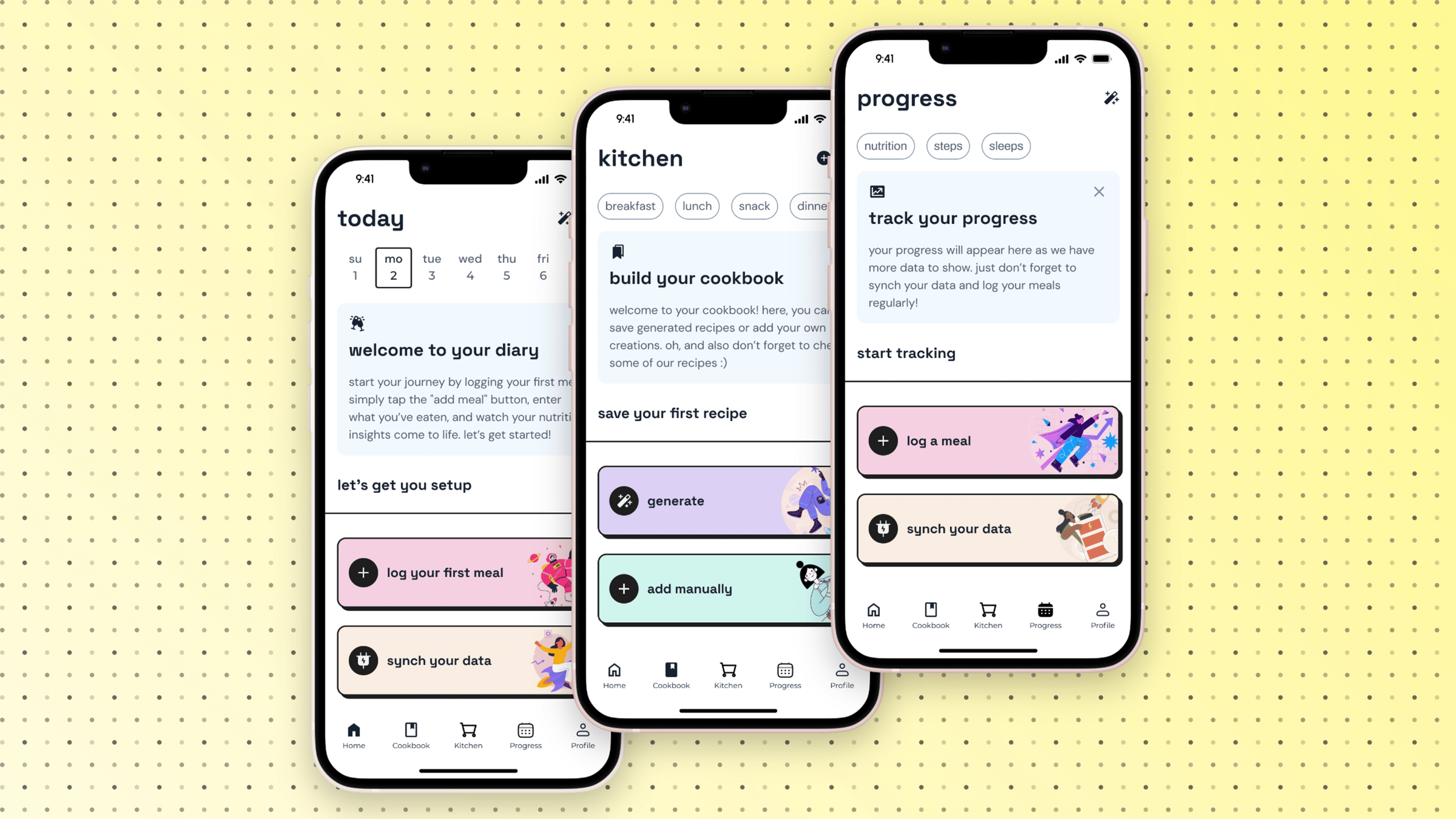
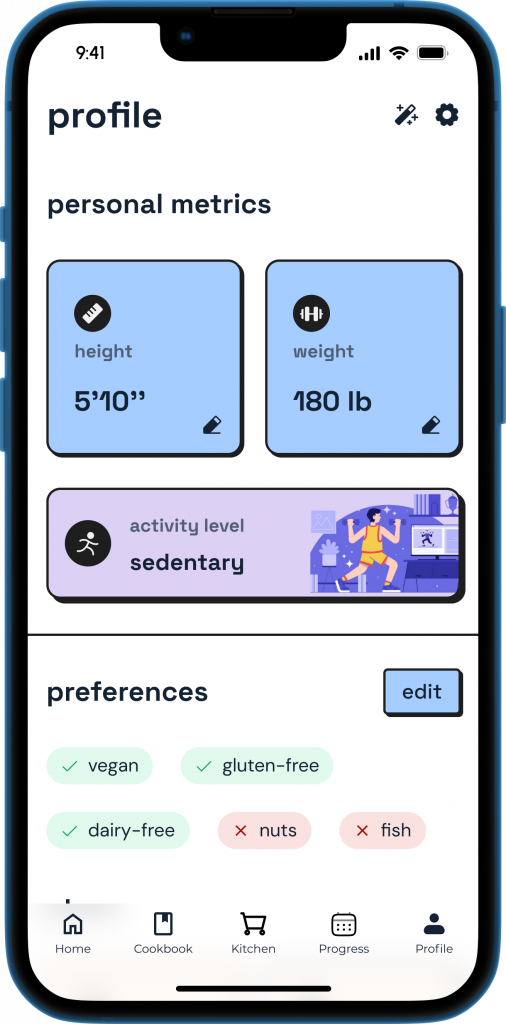
The Profile
Cook AI adapts to each user through simple but meaningful personalization. During onboarding, users can enter details like height, weight, dietary preferences, and allergies.
These inputs help the app tailor recipe suggestions, portion sizes, and nutritional guidance to better match individual needs. Whether you’re avoiding gluten, counting calories, or just looking for meals that suit your lifestyle, the app shapes its content around your profile
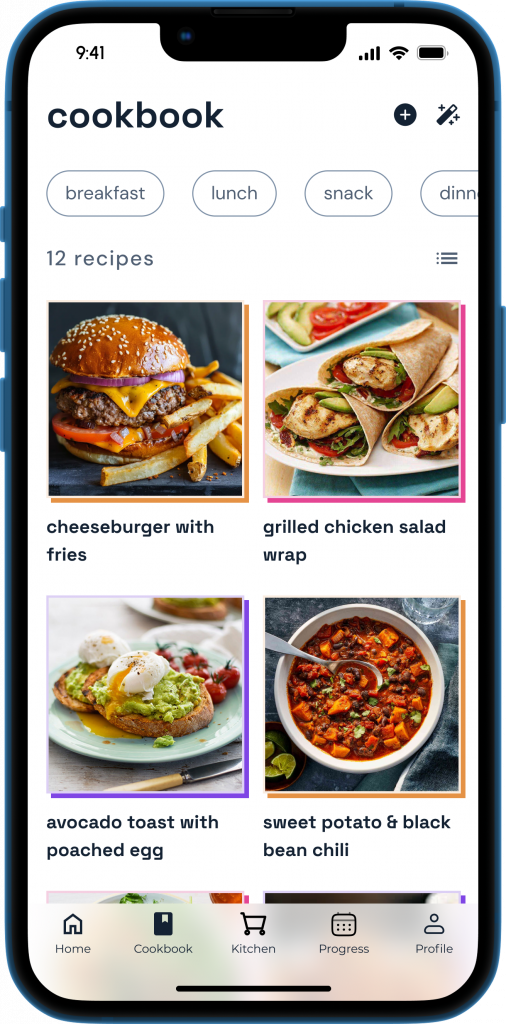
The Cookbook
The Cookbook is where users can save, organize, and customize their favorite recipes. It’s a central space that brings together everything you’ve cooked, plan to cook, or want to try.
With simple editing tools and flexible organization, the Cookbook makes it easy to build a recipe library that actually reflects how you eat and cook.
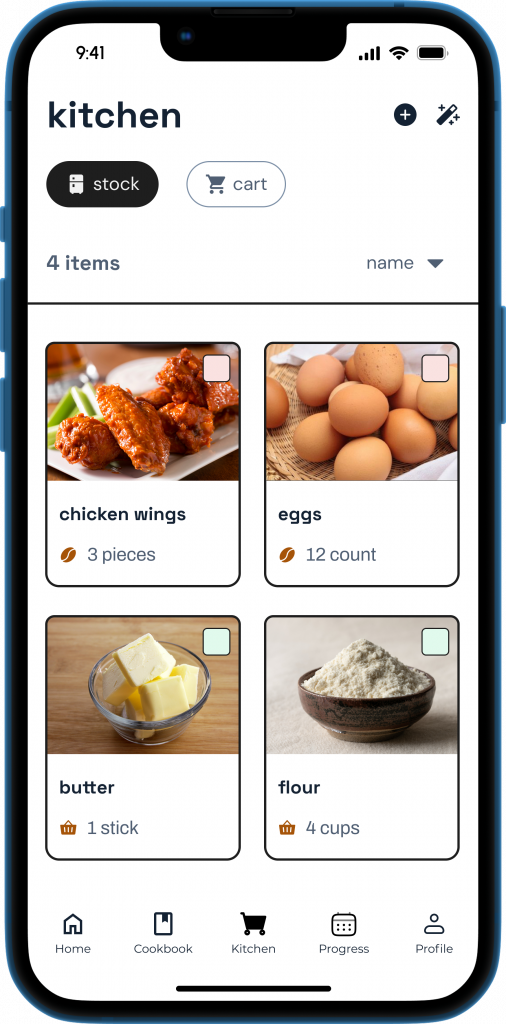
The Kitchen
The Kitchen feature lets you keep track of your ingredients and manage your shopping list in one place. Easily log what you have on hand, see what’s running low, and add items to your shopping list with a tap.
This helps reduce food waste, saves time at the store, and keeps your meal planning aligned with what’s actually available. With an up-to-date ingredient inventory, Cook AI can also suggest recipes based on what you already have, making cooking smarter and more efficient.
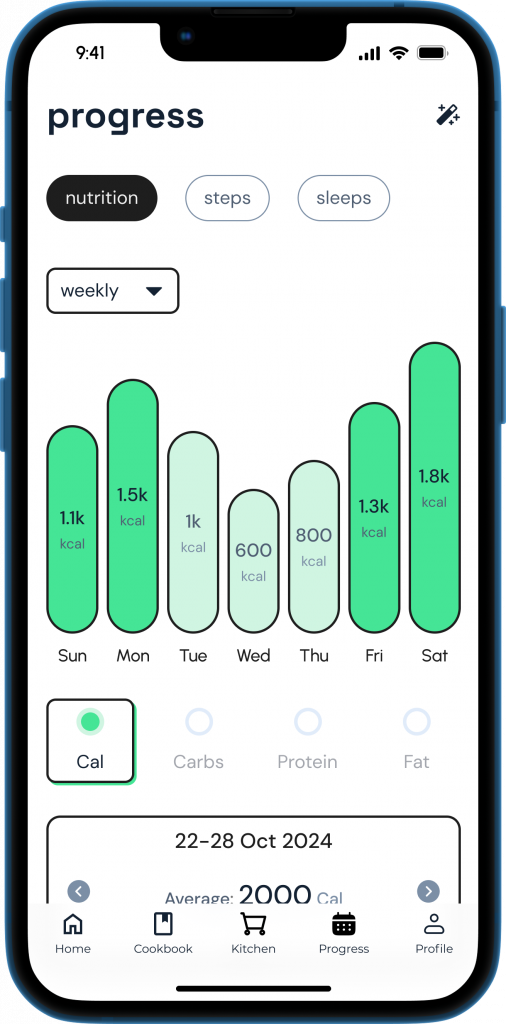
The Progress
Cook AI goes beyond recipes by helping you monitor key health metrics like calories, steps, and sleep. Calories are tracked both in total intake and broken down into macros (proteins, fats, carbs) for detailed nutritional insights.
By integrating these data points, the app provides a holistic view of your wellness journey, encouraging healthier habits and balanced living through clear progress reports and easy-to-read visualizations.
Wrapping It Up
The Cook AI redesign transformed a simple recipe chatbot into a comprehensive cooking assistant built around real user needs.
Through a bold new design system, thoughtful feature expansion, and personalized experiences, the app now supports meal planning, ingredient management, and wellness tracking — all while maintaining a consistent and engaging interface.
This project highlights the power of combining user feedback with flexible design tools to create an app that is both functional and inspiring in the kitchen.

